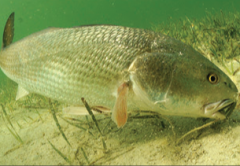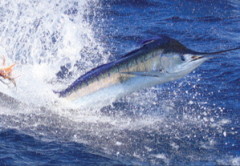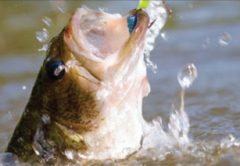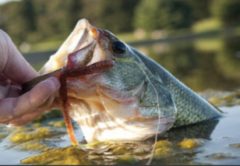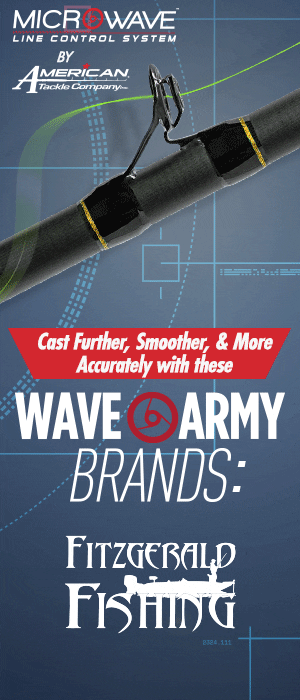On the lagoon, increasing water levels will draw slot size redfish schools up onto the shallow shorelines of the flats, with the larger breeder schools holding along the deeper edges and sand bars. On cooler days, focus your attention around sand pockets or potholes, and once the afternoon sun warms the water, look for tailing fish on the shallow flats. Use the sun and wind to your advantage – drift silently with good polarized sunglasses to sight and cast to trophy-sized spotted sea trout.
As the ocean begins its gradual warming phase and 67 to 68 degrees comes in, watch for the return of bait schools (Atlantic menhaden and silver mullet) into the near-shore waters bringing cobia and other predators with them. The warmer waters will also draw in manta rays shadowed by pods of cobia. Other notable species in March are tripletail around the buoys and under flotsam, heavyweight jack crevalle, large redfish, and sharks shadowing bait schools. Kingfish will be feeding on bait holding around nearshore reefs.
On the freshwater side, look for schooling bass and the resurgence of sunshine bass feeding heavily on schools of small shad at first light in the bends of the St Johns River and the mouths of the big lakes. Look for concentrations of wading birds lining the shoreline as the bass push the bait schools in tightly to the shore. Remember to match the hatch by fishing artificial baits that mimic small menhaden shad. Try a rattling crankbait ripped through the weeds at first light or cast net some bait. Fly anglers take notice of the bug hatch following heavy rains.




